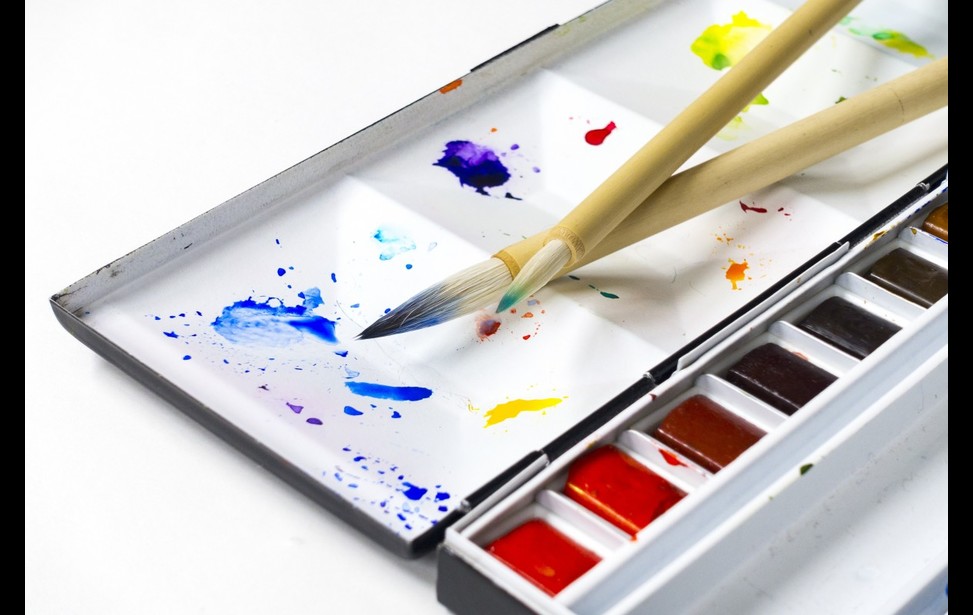How to Care For Your Watercolor Painting
Watercolors are a lovely, yet fragile art form. So how can you care for them properly? Here's a few tips.
Unfortunately this article expired on April 22, 2024.
The above is a summary of
the original article from Bruce M Black.








